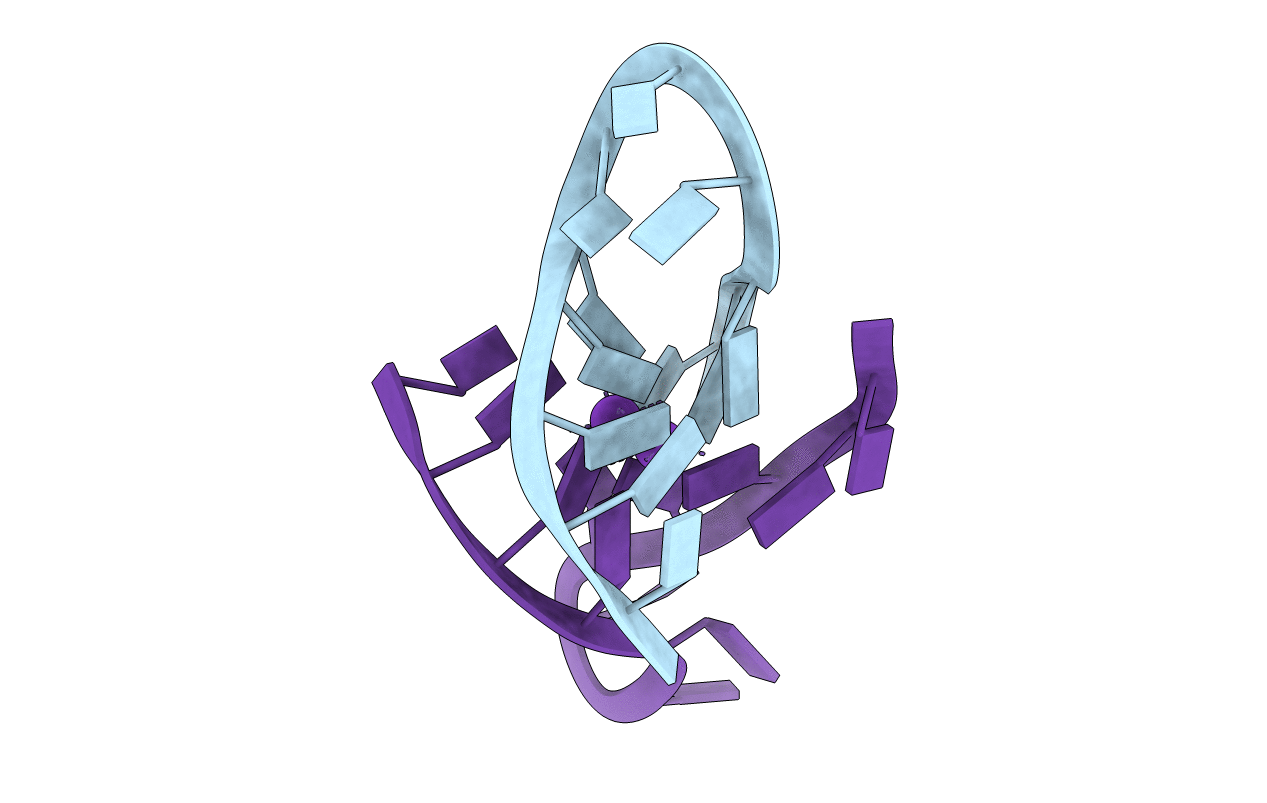
Deposition Date
2009-07-16
Release Date
2010-05-12
Last Version Date
2023-11-01
Entry Detail
Biological Source:
Source Organism:
Method Details:
Experimental Method:
Resolution:
2.20 Å
R-Value Free:
0.23
R-Value Work:
0.21
R-Value Observed:
0.21
Space Group:
P 31 2 1


